Your Detailed Guide To Explore The Historic Pulicat Lake In 2025
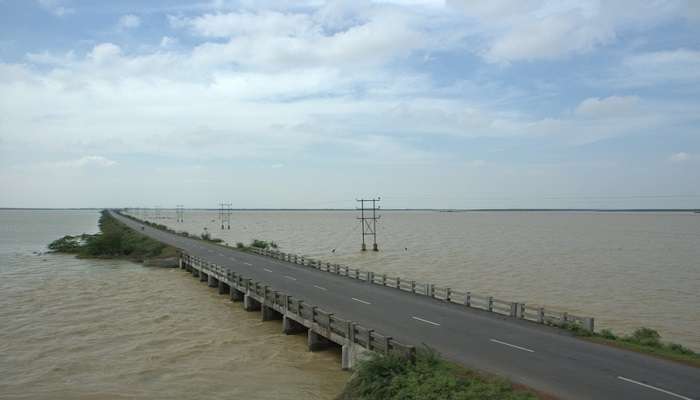
Situated on the border of Andhra Pradesh and Tamil Nadu, Pulicat Lake depicts an excellent blend of historical background and ecological variety. As India’s second-largest brackish water lagoon, it has catered significantly to ancient civilizations and modern-day wildlife enthusiasts. The lake was of prime importance for maritime trade and cultural exchanges in the past. Today, it is recognized for its rich biodiversity—being a rest-stop for birds migrating from other places, such as flamingos and pelicans. Pulicat Lake offers a rare opportunity to see a site where history and nature go hand in hand, making this the perfect site for those interested in history and nature.
Things To Do In And Around Pulicat Lake
Pulicat Lake is home to many attractions that allow you to focus on the surroundings and get a break. Here are some of the major attractions around Pulicat Lake that you can enjoy:
1. Bird Watching at Pulicat Lake Bird Sanctuary
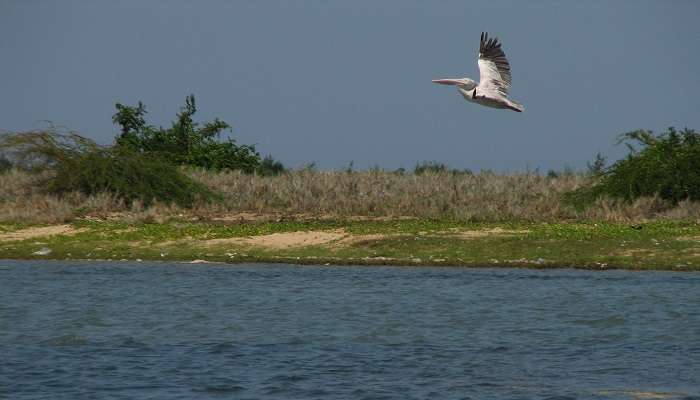
With its incredible array of avifauna, Pulicat Lake Bird Sanctuary has been an eye candy for every bird enthusiast. Thousands of birds like flamingos, pelicans, herons, and storks arrive at the lake during their migratory period, especially making it vibrant. The extensive water area and the associated marshlands provide perfect habitat conditions for feeding, nesting, and raising offspring for these birds. From various viewpoints around the lake, visitors can view these magnificent creatures, many of which are seldom, if ever, seen elsewhere. The Pulicat Lake Bird Sanctuary is not just a visual delight for viewing birds. Still, it is an educational experience in its own right, bringing out the essence of wetland ecosystems and the bird conservation effort.
Tip: If you want boating, prearrange its availability with local operators. You could also engage a guide to make your trip more informative—they can brief you about the lake’s history and ecology. Spend time visiting the other nearby attractions: Pulicat Lighthouse and the Dutch Cemetery.
Also Read: Nagarjunakonda
2. Boating on Pulicat Lake
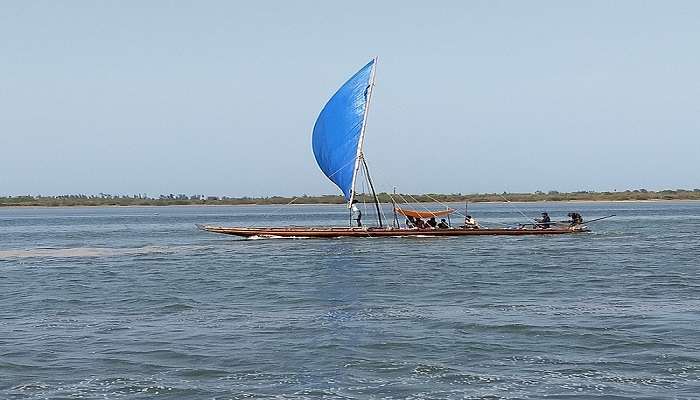
Boating across Pulicat Lake is serene and scenic as one traverses the expansive, calm waters of the ancient lagoon. Moving across the lake, one is taken through panoramic vistas of the surroundings: luxuriant mangroves, sandy shores, and birdlife of diverse species that call this home. The gentle ripples of light and cool breeze present a peaceable atmosphere, just great for getting away from routines. Boating offers a different perspective on the ecosystem’s diversity of the lake and access to areas otherwise inaccessible, bringing the visitor closer to the beauty of nature and its vibrant wildlife. Be it the avid nature enthusiast or the seeker of serenity, a boat ride on Pulicat Lake is an experience to be experienced.
Tip: If carrying binoculars, you can view the birds within the lake relatively close by for an excellent bird-watching experience. Besides, holding a camera with a good zoom lens helps you capture the beautiful scenery and the many types of wildlife around you, which you can cherish in pictures.
3. Exploring the Dutch Cemetery
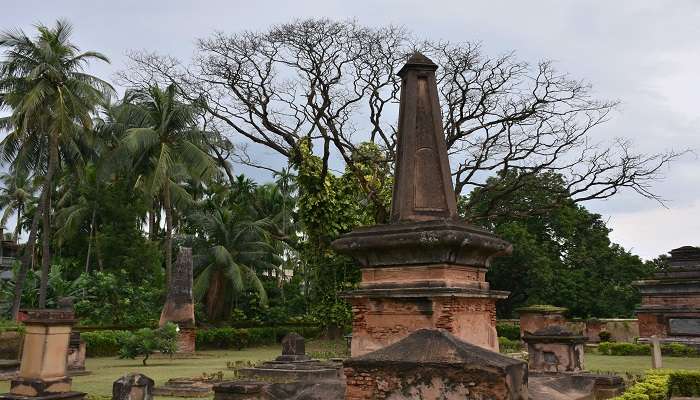
The Dutch Cemetery at Pulicat Lake speaks eloquently of the vibrant colonial history and cultural exchange this region has undergone. Established in the 17th century, this ancient cemetery was the final resting ground for many Dutch settlers who once prospered in this city by the sea. Intricate carvings on weathered tombstones and epitaphs reveal the lives and legacies of early European traders. Walking through this cemetery, one will find many well-maintained graves, even ornate sculptures with Dutch inscriptions that speak of adventure, trade, and settlement. One visit to the Dutch Cemetery brings another dimension of history. It allows individuals an intimate connection with the forgotten era of maritime trade and colonial influence that once defined the region. It’s a solemn yet enriching experience that allows a glimpse into how history has left its indelible mark upon the present landscape of Pulicat Lake.
Tip: Wear light, loose clothing and a pair of walking shoes while exploring various lake environments. Bring a hat, sunscreen, and insect repellant, and stay mindful of the sun and insects.
Related Read: Rushikonda Beach
4. Visiting the Pulicat LightHouse

The Pulicat Lighthouse is an ancient navigational light on the shores of Pulicat Lake, reflecting a rich legacy. This lighthouse, built in the 19th century, was an essential guide for ships along the trade routes through the Bay of Bengal. Today, it memorializes the area’s rich maritime history with breathtaking views of the lake and surrounding countryside. The view unfolds from the top of the lighthouse with the calm waters and large expanses of landscape, making it a beautiful location for a good photography session and introspection. Well-maintained and steeped in history, this lighthouse must interest history buffs and travellers looking for unique perspectives on Pulicat Lake’s beauty.
Tip: Abide by the local rules and regulations, which impact the place and its wildlife as little as possible. Please do not disturb the natural habitat of birds and other wildlife, keeping a safe distance from them. Avoid littering. This precaution will add to your enjoyment and go a long way for wildlife conservation.
5. Discovering Historical Artifacts at the Pulicat Museum
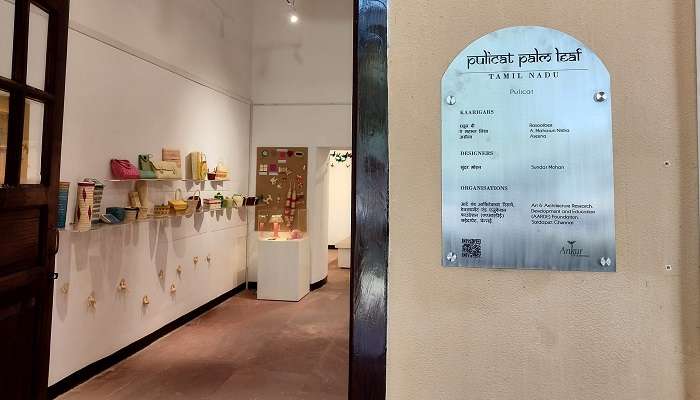
reflecting a rich legacy. This lighthouse, built in the 19th century, was an essential guide for ships along the trade routes through the Bay of Bengal. Today, it memorializes the area’s rich maritime history with breathtaking views of the lake and surrounding countryside. The view unfolds from the top of the lighthouse with the calm waters and large expanses of landscape, making it a beautiful location for a good photography session and introspection. Well-maintained and steeped in history, this lighthouse must interest history buffs and travellers looking for unique perspectives on Pulicat Lake’s beauty.
Tip: Abide by the local rules and regulations, which impact the place and its wildlife as little as possible. Do not disturb the natural habitat of birds and other wildlife, keeping a safe distance from them. Avoid littering. This precaution will add to your enjoyment and go a long way toward wildlife conservation.
You May Also Like To Read: Gopalapuram
The rich historical and ecological heritage that Pulicat Lake holds within itself showcases the beautiful blend of natural beauty and cultural mystique. From the serene pleasures of birdwatching to exotic scenic boating and poignant visits to sites of historical interest like the Dutch Cemetery and the Pulicat Lighthouse, there is an array of attractions available on the lakefront to attract different kinds of travelers. Whether you are a nature lover, a history enthusiast, or just someone seeking a quiet retreat, Pulicat Lake has in store for you a place that will be forever etched in your memory—the glory of the region and a feel of its glorious past. The wonders await you at Pulicat Lake—if you plan your visit thoughtfully and respect the environment. Plan your trip to Andhra Pradesh today!
For our editorial codes of conduct and copyright disclaimer, please click here.
Cover Image Credit: Manvendra Bhangui for Wikimedia Common
Frequently Asked Questions About Pulicat Lake
What is the Best Time To Visit Pulicat Lake?
The best time to go to Pulicat Lake is from October to March when it is mildly cold, and the weather remains pleasant, which can be most comfortable. The period also falls in the migratory season for spotting birds.
What are the significant Attractions in and Around Pulicat Lake?
One can visit the Pulicat Lake Bird Sanctuary to view some rare bird species, enjoy a relaxed boat ride amidst the calm waters of the lake, pay a visit to the Dutch Cemetery, check on the Pulicat Lighthouse, and know more about some excavated artifacts at the Pulicat Museum.
How to Reach Pulicat Lake?
The Pulicat Lake has good road connectivity from Chennai, which is around 60 km away, and from Nellore, which is about 25 km away. Local taxis and public transport, such as buses, are available as well.
Are there any entry fees for the attractions around Pulicat Lake?
Some spots of interest around Pulicat Lake, such as the Pulicat Museum, could involve entry fees. Therefore, it is better to enquire in advance or locally regarding the entrance fee/permission needed to visit a particular place.
What should I bring while visiting Pulicat Lake?
If going to Pulicat Lake, one must carry a good pair of binoculars for birdwatching and a camera for good images. Comfortable clothes with a good hat to protect from the sun, adequate sunscreen, and mosquito/insect repellent will be great accessories. If going boating, ensure local operators are available; otherwise, carry equipment and required permits.
People Also Read:
Shamirpet Lake Gadsar Lake Koggala Lake

Passionate Marketing Student with a flair for storytelling, eagerly embarking on a journey within the vibrant world of travel. Excited to merge analytical acumen with creative skills to elevate the editorial landscape of the travel industry.











